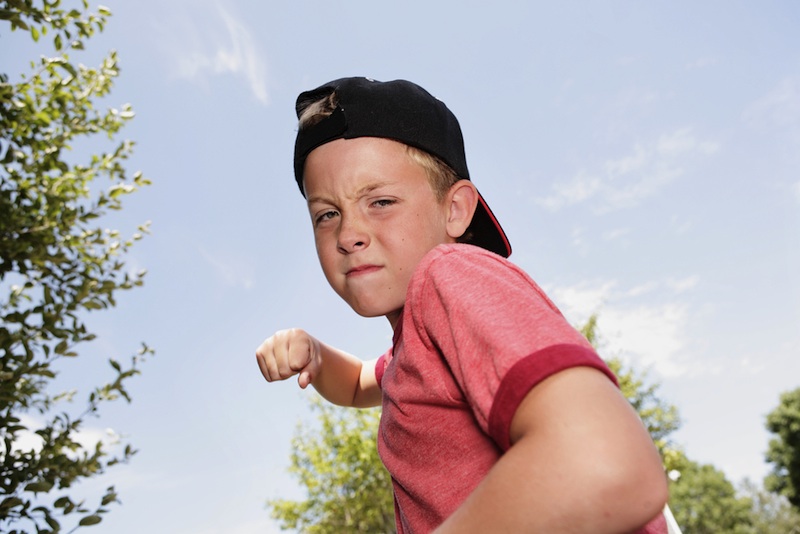Psychopathic Traits Seen in Children’s Brains

Children with severe behavioral problems have a suppressed response to others' pain, according to new brain-scan research.
Researchers examined brain scans of kids with conduct disorder, which is marked by aggression, cruelty to others and anti-social behavior. Some kids with conduct disorder also display what psychologists call "callous-unemotional traits," which means they lack guilt and empathy.
The patterns seen in these children's brains may reveal a vulnerability to psychopathy in adulthood, researchers report today (May 2) in the journal Current Biology. Psychopaths are manipulative and lack empathy and remorse. [The 10 Most Controversial Psychiatric Disorders]
"Brain-imaging data indicate that the brain regions that seem disrupted in adults with psychopathy are also functioning in an atypical fashion in children with conduct problems and callous, unemotional traits," said study researcher Essi Viding, a professor of developmental psychopathology at University College London.
Conduct and callousness
Viding and her colleagues asked boys ages 10 to 16 — 37 with conduct disorder and 18 without — to look at pictures of hands and feet in painful situations and in nonpainful situations while undergoing functional magnetic resonance imaging (fMRI), a technique that provides a measure of blood flow to various regions of the brain. The more active the region, the more blood rushes to that spot.
The painful situations showed photos such as a knife about to slice into a hand, or a foot being jammed in a door. The non-painful scenarios included the same elements but without the "ouch" effect. A hand might be shown next to a knife, for example.
Sign up for the Live Science daily newsletter now
Get the world’s most fascinating discoveries delivered straight to your inbox.
The researchers focused on several brain areas known to play a role in empathy, including the anterior insula, which sits deep in the brain; the anterior cingulated cortex, a deep layer that sits behind the forehead; and the inferior frontal gyrus, a ridge of brain matter on the frontal lobe.
In all three regions, kids with conduct problems showed reduced brain activity when viewing images of pain compared with the healthy kids. The children were matched on age, IQ, socioeconomic status and ethnicity to reduce the chance of unrelated factors skewing the results.
What's more, not every child with a conduct problem reacted the same way, Viding told LiveScience. Kids with both a conduct problem and high callousness showed the least brain response to others' pain.
Preventing psychopathy
The findings don't mean that callous kids with conduct problems are doomed to become psychopaths as adults, Viding warned.
"Longitudinal research very clearly shows that callous traits and anti-social behavior are changeable across development and that children respond to interventions," she said, referring to studies that follow participants over time. The goal of the research is to better develop those interventions, and to understand why kids with these brain patterns are vulnerable to psychopathy, she said.
"It may be that these children have atypical arousal response to pain — for example, those children who are most callous may not feel pain as keenly as their peers, and this may, in turn, mean that they find observing pain less distressing than their peers," Viding said. "This is just one possibility that needs to be explored further."
Follow Stephanie Pappas on Twitter and Google+. Follow us @livescience, Facebook & Google+. Original article on LiveScience.com.

Stephanie Pappas is a contributing writer for Live Science, covering topics ranging from geoscience to archaeology to the human brain and behavior. She was previously a senior writer for Live Science but is now a freelancer based in Denver, Colorado, and regularly contributes to Scientific American and The Monitor, the monthly magazine of the American Psychological Association. Stephanie received a bachelor's degree in psychology from the University of South Carolina and a graduate certificate in science communication from the University of California, Santa Cruz.
Crop circles surround Iraq's multicolored 'Sea of Salt' after years of drought — Earth from space
Watch humanlike robot with bionic muscles dangle as it twitches, shrugs and clenches its fists in creepy video
'The parasite was in the driver's seat': The zombie ants that die gruesome deaths fit for a horror movie










